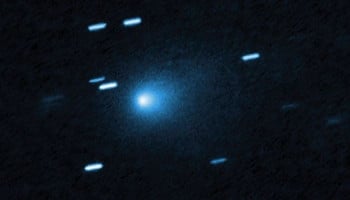
For this whole week, skywatchers around the world will observe breathtaking sights, from the Moon’s nightly promenade past well-known constellations to the initial flashes of the Perseid meteor shower.
The summer evenings are filled with bright stars, like Vega and Arcturus, planets like Mars, Saturn, and Venus, and lots more. Here is a comfortable night-by-night guideline:
Monday, 4 August:
The bright gibbous moon will hang between the red giant star Antares and the spout of the Teapot of Sagittarius (a nice and easy locator for evening general stargazing).
Tuesday, 5 August:
The Moon will drift over the spout of the Teapot tonight, which you can cover with 1 or 2 of your fingertips as you find the faint stars (somewhat) of Sagittarius surrounding it.
Wednesday, 6 August:
The Moon will glide just left of the Teapot's handle while it proceeds through the southern sky.
Thursday, 7 August:
Look straight up around 10–11pm Vega is close to the zenith for some mid-northern places. A couple of hours later, Deneb will be following.
Friday, 8 August:
A small, rusty Mars will be low in the western-northwestern twilight sky. You can use binoculars to locate it much closer to Spica (roughly 2 fists apart).
Saturday, 9 August:
Two of the season’s brightest stars—Vega overhead and Arcturus in the west—frame the sky. Trace a line between them to find the Keystone of Hercules and the arc of Corona Borealis.
Sunday, 10 August:
The Big Dipper dips low in the northwest as the Perseid meteor shower begins its slow ramp-up. You might spot a few early meteors ahead of the big peak on August 12–13.
















